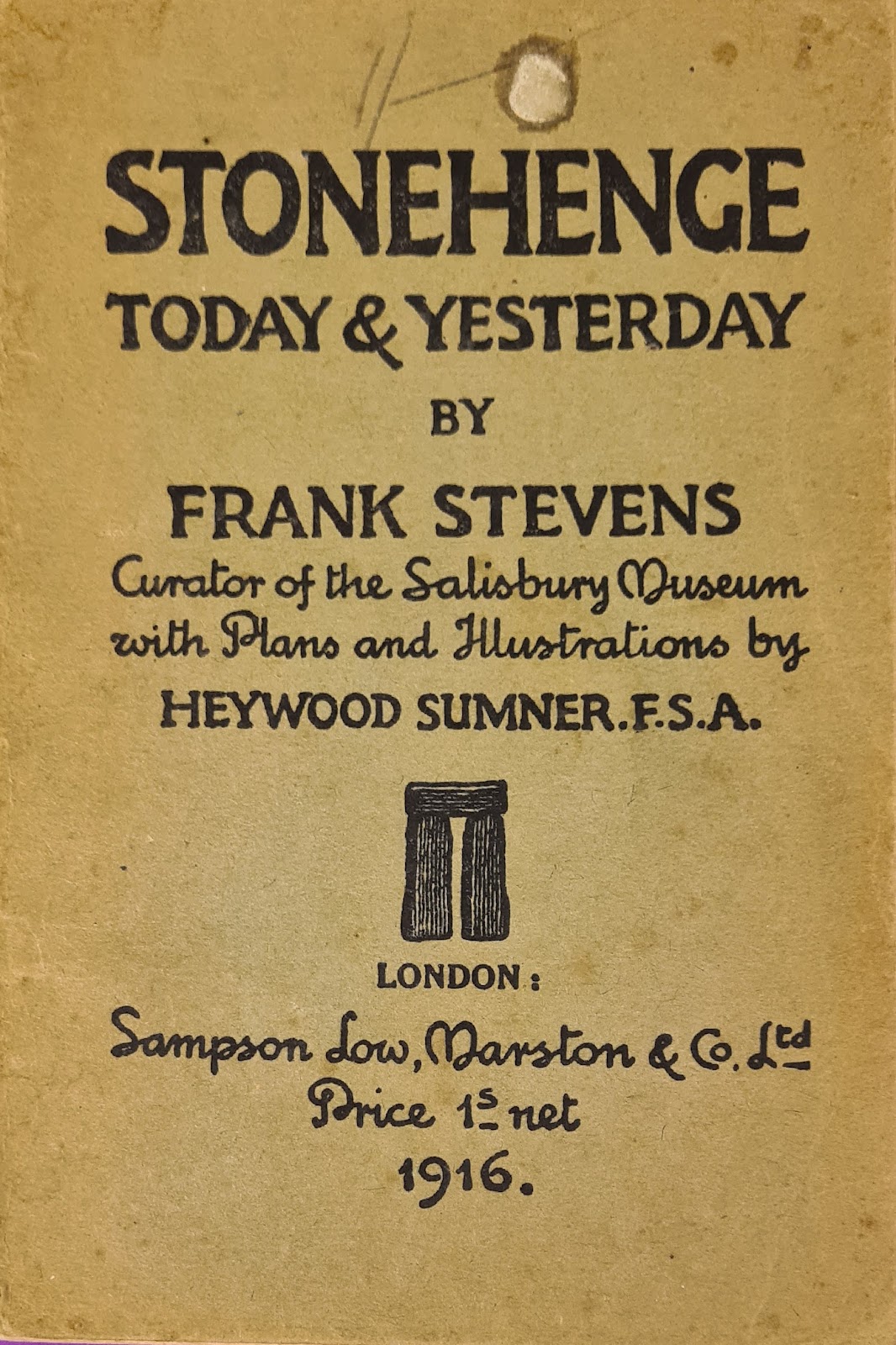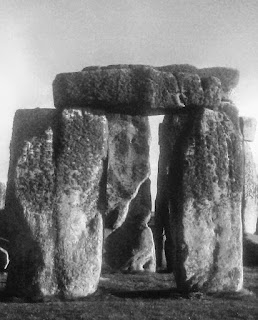From the 1916 Stonehenge guidebook - the key question that the Glacial Drift theorists still can't answer.
THE FOREIGN STONES
While the Sarsens usually awake the greatest interest by
reason of their bulk, and the problem of how a primitive people was able to
deal with them, a far greater problem is presented by the small uprights, or
Foreign Stones, the like of which cannot be matched within a hundred miles of
Salisbury Plain, while some can only be found upon the continent of Europe.
Fragments carefully removed and submitted to mineralogists have made this fact
abundantly clear, and consequently it is possible to arrive at the very
definite conclusion that Stonehenge is certainly not a "Wiltshire "
monument, and probably that it is not even "British" at all.
Where have the stones come from? One school of writers
ventures to suggest Kildare in Ireland. Others suggest Wales, Cornwall, Dart
moor, Shropshire, or Cumberland, where similar rocks are to be found, though
perhaps not absolutely identical in character. Yet another theory advanced is
that the Foreign Stones were transported to the plain as boulders of the
"glacial drift." It has even been stated that the gravels of the
district contain small pebbles composed of rock similar to these mysterious
Foreign Stones. The statement has indeed been made, but as yet no Wiltshire
geologist has produced one of these pebbles of which so much is written, and so
little seen.
These Glacial Drift theorists, further account for the
absence of these foreign stones elsewhere than at Stonehenge, by yet another
theory, that they, like most of the Sarsens, have all been used up for
millstones, gateposts, and road metal.
There are many millstones and gateposts in Wiltshire, but
where is there one which corresponds in any way to the upright Foreign Stones at
Stonehenge? The production of pebbles from the gravels of Wilts, or of a
specimen gatepost or millstone would at once settle this question. Unhappily
this tangible evidence is wanting, so, alluring as the Glacial Drift theory may
appear, it must reluctantly be set aside for want of convincing evidence.
Finally, there seems every reason to believe that the small
upright stones are "naturalised aliens. from abroad, and that is why they
have been described at the commencement of this section as "Foreign
Stones." It must not be taken for granted that the small upright stones at
present standing represent all the foreign rocks employed. Probably they are
merely the hardest and most durable of those used in the original structure,
the softer and more friable examples having disappeared entirely, owing to the
action of the weather, and possibly also to the assaults of the unchecked
relic-monger, who until recent years could with his hammer collect souvenirs
with impunity.
STONEHENGE TODAY & YESTERDAY BY
FRANK STEVENS
Curator of the Salisbury museum with Plans and Illustrations by HEYWOOD SUMNER.F.S.A.
LONDON :
Sampson Low, Marston & Co. Ltd Price 1/3 net
1916.



